Indiana University Libraries Book Repair Manual
Built-up Box
Treatment Criteria:
The built-up inner enclosure structure is a good solution for materials of different sizes and shapes which are cataloged together and which must thus be housed together in one common enclosure. The build-up can go in any of the outer enclosure types illustrated here: phase boxes, wrappers, portfolios, or clamshell boxes. The build-up can be of bare board or it can be cloth covered.
Also, we are occasionally called upon to produce enclosures for any variety of materials which require somewhat unusual inner structures. A couple of examples are given.
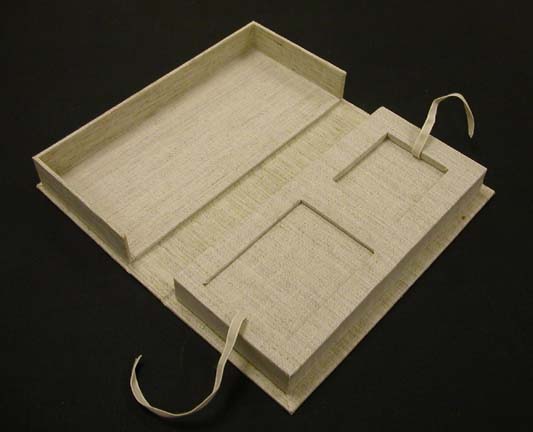
Tools Needed: |
Materials Needed: |
 | For our example, we will use a common customer of this treatment, the book with accompanying media, in this case a CD. |
 | First, the length dimension of the longest piece is measured using the MEASUREphase and recorded. As you can see, in this case it is that of the book. |
 | Now the widest width dimension is measured and recorded. Again, it is that of the book. As you will see, the thickness measurement is not made until later. |
 | Construction of the build-up begins by cutting some material to the length and width measurements taken above. If this requires more than one thickness of material, the pieces are glued together with PVA to form one laminated piece. Here we are using archival corrugated board. The number of pieces needed depends on the thickness of the item(s) the build-up is to accommodate. |
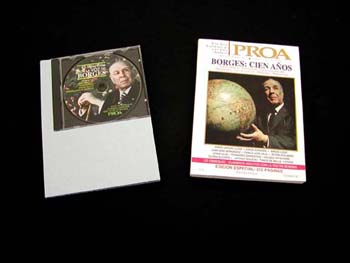 | The cut-out for the CD is made in the build-up material. |
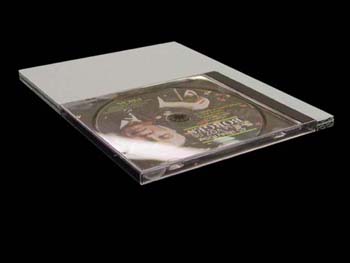 | The edge view shows that two thicknesses of archival corrugated board were used to equal the thickness of the CD in its plastic box. |
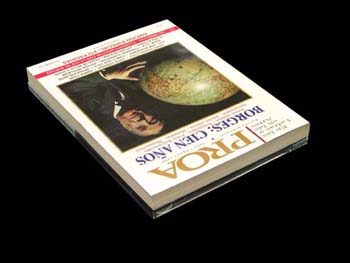 | Here we see how the book, CD, and build-up will be arranged within the enclosure that will contain them. |
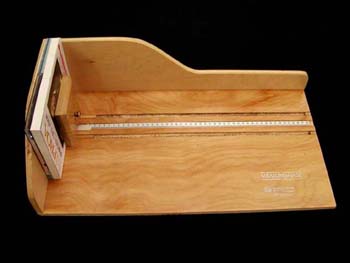 | The total thickness measurement is now taken… |
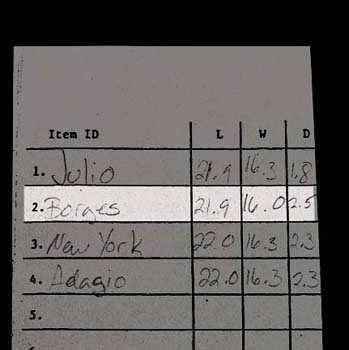 | …and recorded. Finally, the enclosure of choice is constructed in accordance with these measurements, and the build-up is affixed to the floor of the enclosure by means of an adhesive, either PVA or double-stick tape. Enclosure options for this type of built-up structure would include standard phase box, corrugated clamshell box, or portfolio-type outer enclosure with 3- or 4- flap inner enclosure. |
 | Occasionally, we are called upon to construct other types of specialty enclosures. Each is a judgment call, and the details of structure are guided by experience and the acquired knowledge of enclosure construction techniques. Examples of two such enclosures are shown. The first is a cloth covered clamshell box with a compartmented inner enclosure, constructed to house a group of cards. |
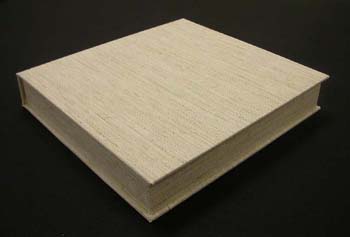 | The enclosure is shown closed. As is typical of clamshell-type boxes, it can receive a spine label and be shelved like a book. |
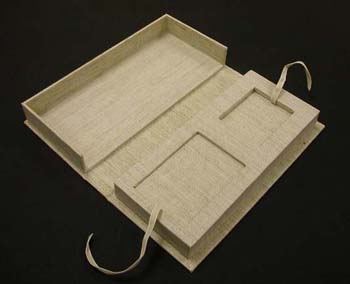 | Shown here is another clamshell box, but this one's inner enclosure has two recesses to accommodate a two-part artist book. |
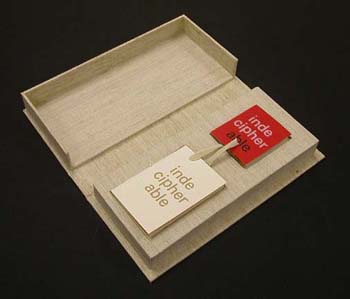 | The function of the linen tape lift ribbons is now seen. The books rest on them, and they serve to reduce the threat of damaging the books when removing them from the enclosure. |
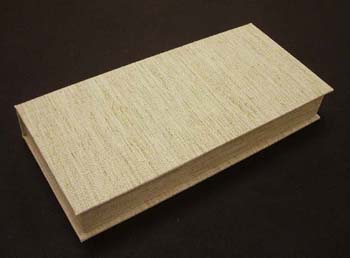 | And here the box is shown closed. |